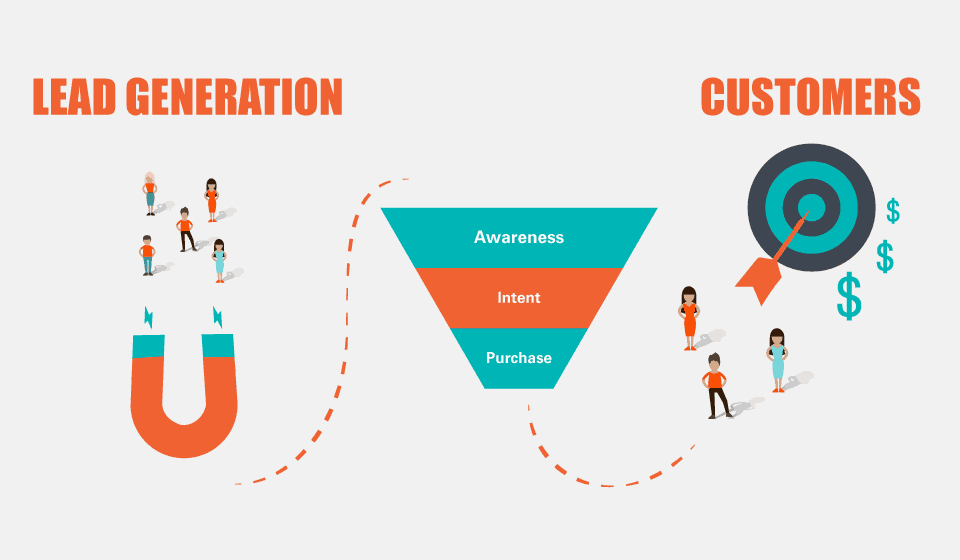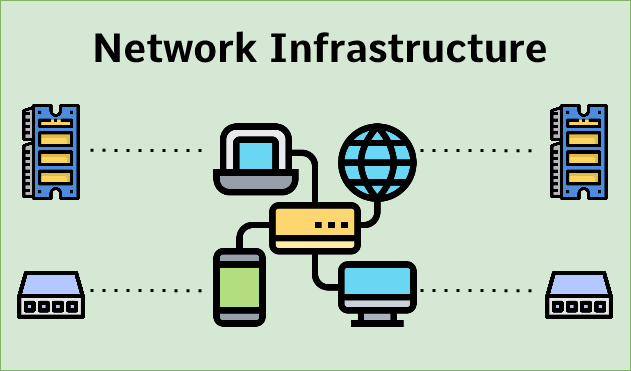Introduction
In the world of digital marketing, lead generation plays a pivotal role in driving business growth and success. The ability to attract, engage, and convert potential customers into qualified leads is a fundamental aspect of any marketing strategy. With the right approach and effective digital marketing tactics, businesses can generate a steady stream of leads and nurture them into loyal customers. In this article, we will explore the key elements of lead generation and how digital marketing can be harnessed to fuel business growth.
Understanding Lead Generation
- Defining Leads: Leads are individuals or businesses who have expressed interest in your product or service by providing their contact information or engaging with your brand. They are potential customers who have shown initial interest in what your business has to offer.
- Attracting Leads: Lead generation involves attracting qualified leads to your business by offering valuable content, targeted marketing campaigns, or compelling offers. The goal is to capture the attention of your target audience and entice them to take action, such as signing up for a newsletter, downloading a guide, or requesting more information.
Harnessing Digital Marketing Strategies for Lead Generation
- Content Marketing: Develop a content strategy that addresses the pain points and interests of your target audience. Create valuable and relevant content, such as blog posts, e-books, videos, or webinars, that showcase your expertise and provide solutions. Distribute this content through various channels, such as your website, social media, and email marketing, to attract and engage potential leads.
- Search Engine Optimization (SEO): Optimize your website and content to rank higher in search engine results. Conduct keyword research, create compelling meta tags, and ensure your website is user-friendly and mobile-responsive. By appearing prominently in search engine results, you increase your chances of attracting organic traffic and capturing leads.
- Social Media Engagement: Leverage social media platforms to connect with your target audience and generate leads. Engage in conversations, share valuable content, and run targeted ad campaigns to reach potential customers. Use lead generation forms or landing pages to capture contact information and expand your lead database.
- Pay-Per-Click (PPC) Advertising: Utilize paid advertising platforms, such as Google Ads or social media ads, to reach your target audience directly. Craft compelling ad copy and target specific keywords or demographics to maximize the effectiveness of your campaigns. Direct the traffic to dedicated landing pages designed to capture leads and guide them through the conversion process.
- Email Marketing: Build an email list of interested prospects and nurture them through targeted email campaigns. Provide valuable content, personalized offers, and exclusive promotions to keep your leads engaged and build brand loyalty. Segment your email list based on demographics, preferences, or actions taken to deliver relevant content and increase conversion rates.
Measuring Success and Continuous Optimization
- Conversion Tracking: Track and analyze the performance of your lead generation efforts by monitoring key metrics. Measure the number of leads generated, conversion rates, cost per lead, and customer acquisition costs. Use analytics tools to gain insights into the effectiveness of different channels and campaigns.
- A/B Testing: Experiment with different elements of your lead generation strategies to optimize conversion rates. Test variations of landing pages, call-to-action buttons, forms, or email subject lines to identify the most effective approach. Continuous testing and optimization help refine your strategies and improve lead generation performance.
- CRM Integration: Integrate your lead generation efforts with a Customer Relationship Management (CRM) system. This allows you to effectively manage and nurture leads, track their interactions with your brand, and provide a personalized experience throughout the customer journey.
Conclusion
Lead generation is a critical aspect of digital marketing that fuels business growth and success. By employing effective strategies such as content marketing, SEO, social media engagement, paid advertising, and email marketing, businesses can attract and engage qualified leads. Regular monitoring, optimization, and measurement of key metrics ensure continuous improvement and increased conversion rates. By harnessing the power of digital marketing for lead generation, businesses can build a robust pipeline of potential customers and drive sustainable growth in today’s competitive digital landscape.










